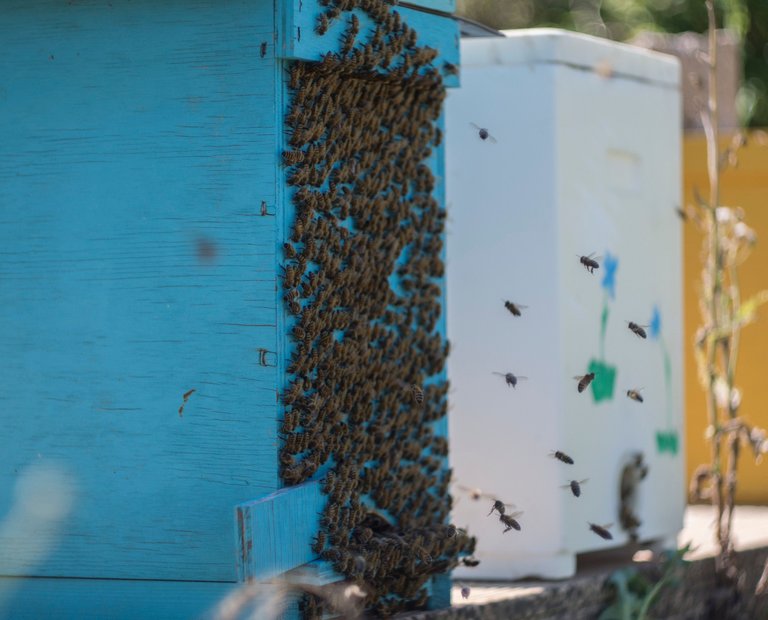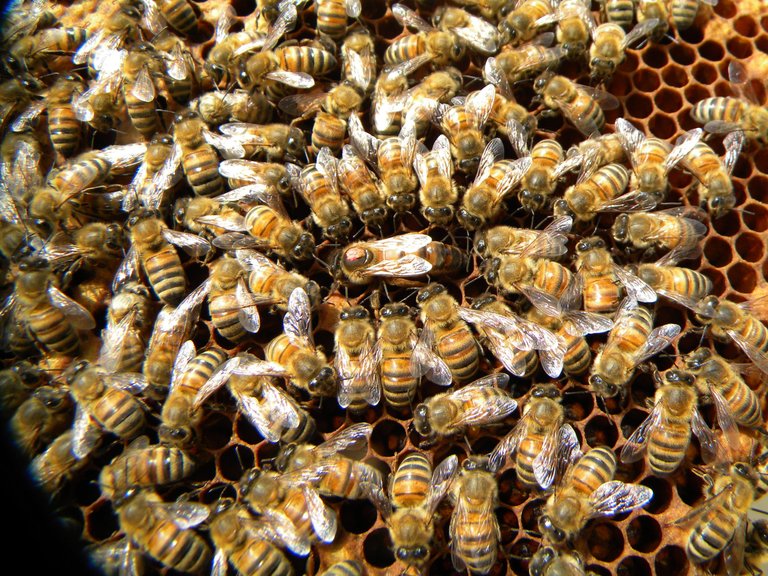Many are the obstacles in the life of the beekeeper, in several past posts we have seen some predators, such as the hornet, parasites including the varroa and the aethina tumida. But it is not only predators and parasites to affect the health of our bees, in fact, as for any other animal, the pathologies are the most varied, in the past we have seen CBPV and other pathologies less severes.
Today I wanted to talk to you instead of the foulbrood, we find two bacteria of the foulbrood, the American and the European, today we will focus on the American foulbrood.
The most feared pathology in the beekeeping world constrains the beekeeper to intervene immediately being contagious and bringing to certain death the beehive.
The symptoms of the American foulbrood are not easy to guess in the eyes of the less experienced, not being a pathology that attacks the bee after the flickering, it is possible to notice the presence only during a visit of the family. The characteristic layers of the foulbrood are found in an operculum of darker color, and an intense smell of rotten larva. In fact, the foulbrood bacterium acts on the brood of bees, leading them to rot even before the flicker.
The most accredited system to detect the presensa of foulbrood within the families is that of the stick.
By drilling an operculate cell, it will be possible to decree from the status of the larva, the presence or not of foulbrood, in fact in case of positivity we will find a sticky filament coming out of the operculum, clear symptom of foulbrood infection.
The contagion starts from the rotten larvae now soaked with spores, spreading them throughout the hive. The spores, as we know, know how to be resistant and long-lasting, this allows the foulbrood to nest inside the wax, looms, hives for decades, and to get out at the most opportune moment, when the family is weaker.
We have dealt in the past with the social and group immunity of bees, which makes them capable of combating various pathogens. In the specific case of the foulbrood, the social immunity becomes fundamental, inftti being the spore inherent in each hive, will be only the strength of the family know how to resist, the more a family will be healthy and strong, lower percentages will have to become infected with the bacterium.
It was demonstrated that the pathogen Paenibacillus larvae is characterized by four different variants (I-IV ERIC), stimulate a different immune response within the larva, which will be more or less effective for each variant, This allows the diffusion of the pathogen in a subtle and constant way, not being the beehive super organism able to constrain it effectively.
But how is it possible to recover a family from the foulbrood?

The answer is not the simplest, there are some medicines that mitigate the symptoms of the foulbrood, but do not eliminate its spores and this only leads to an increase in infection.
The big beekeepers directly eliminate the entire family, burning bees and hives, here to prevent the drift of the bees, can carry transport for the rest of the apiary.
In other cases, where maybe the beekeeper wants to try in every way to save the family, it is possible to carry out the technique of "swarming", which consists in removing all the old frames from the family, replacing them with new wax, and of course the replacement of the entire hive. This system allows bees to start again from scratch, with an inferirore bacterial charge, and the ability to reorganize. In many cases the problem can be overcome with this technique, when the disease has not extended too much and the beekeeper has succeeded in acting in time.

I heard of that issue before. It is sad if an entire swarm is killed because of it.
Hope your bees are doing fine :)